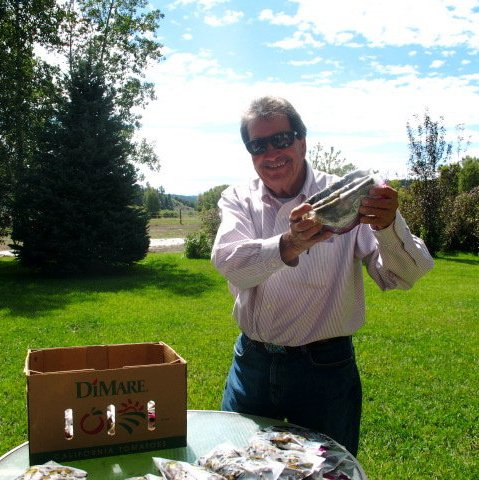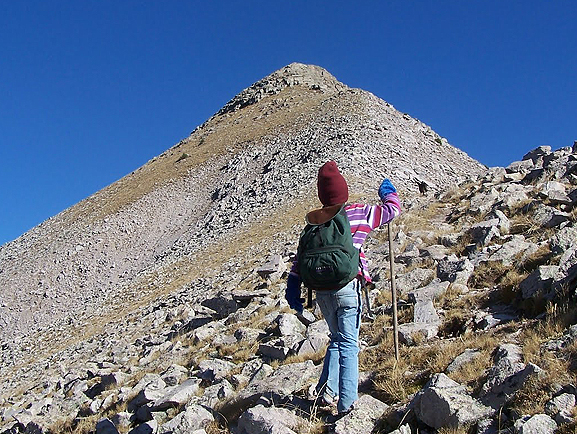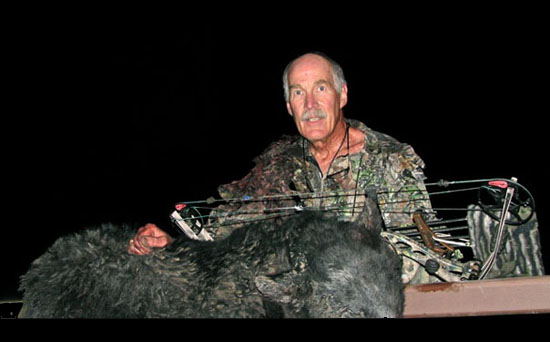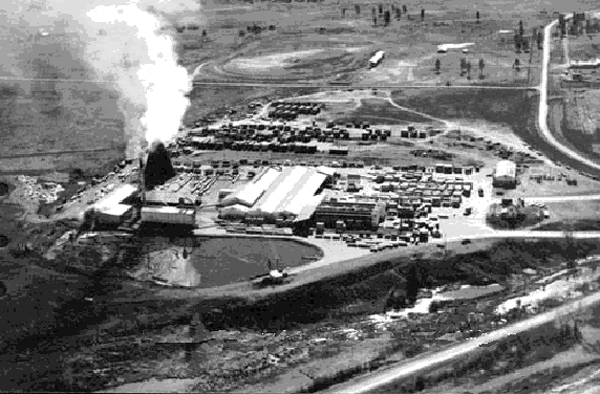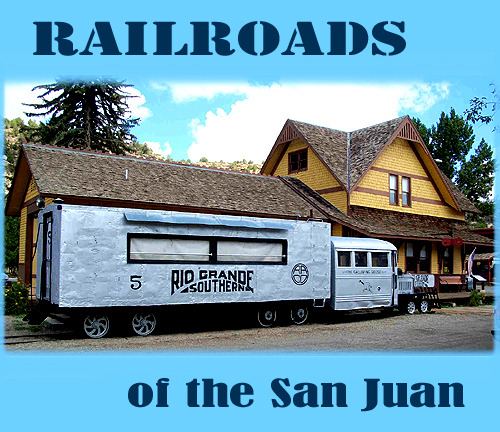Pagosa Springs History and Culture:
Before 1860

by Larry Larason
From the Pagosa.com archives
I consulted two different Colorado history books while writing this page and Pagosa Springs wasn’t mentioned in either. I think that’s because the history of Archuleta County is mostly quiet stuff, people settling in to live their lives in a beautiful part of the country. Such low-key drama doesn’t make great history.
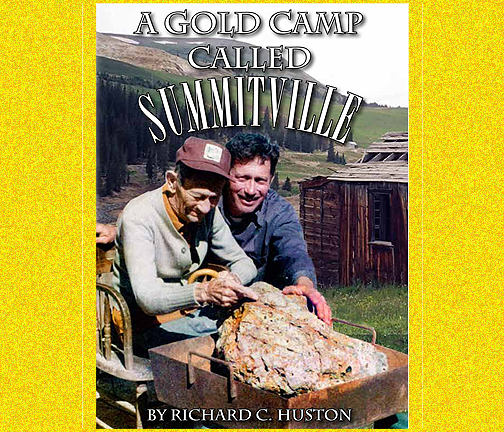
The largest gold nugget found in America was at Summitville, Co. It was gold that brought white settlers to the Pagosa area.
Much has been written about gold strikes and boom towns at Summitville, Creede, Silverton, and so on, but Pagosa Springs shared little in that kind of excitement. Although a Fench expedition about 1790 apparently found gold on Treasure Mountain, no one since has discovered the source or the trove they left behind. There are hints of bad times when Anglos began challenging Hispanics for control, but events in that era seem poorly documented. The local historical society is beginning to piece together the history of the area. Maybe in the future someone will write a comprehensive book. In the meantime, here’s some of what I’ve learned.
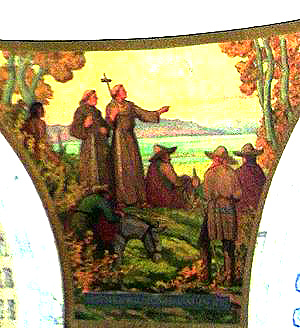
An art work depicting the Fray Francisco Dominguez, and Fray Francisco Velez de Escalante expedition.
Juan Maria Rivera led two expeditions in 1765 that went into the La Platas, if not the San Juan Mountains. On July 29th of 1776 an expedition left Santa Fe in search of a route to link that city, the capital of the “Kingdom of New Mexico”, with Monterey, the primary Spanish settlement in California. The group of explorers was led by Fray Francisco Dominguez, and Fray Francisco Velez de Escalante. Some of the men who had been on Rivera’s earlier journeys acted as guides.
The fathers did not travel to the present site of Pagosa Springs, but they came close. Notes in their diary indicate that La Piedra Parada [“Rock Parade”, now called “Chimney Rock”] was already a well known landmark to others in their party. These knowledgeable guides suggested the trail leading by Piedra Parada was too rough, so, on August 4th, they traveled a ways up the river, also named Rio de la Piedra Parada [now called simply “Piedra River”] before turning west. Whether the hot spring along the San Juan River was known to the Spaniards is not mentioned. Although they failed in their goal of finding a route to California, defeated by the rough terrain of Utah, the Dominguez-Escalante expedition provided one of the earliest written records of the landscape and inhabitants of a good portion of the Four Corners.
Captain J. N. McComb, who led an expedition in 1859, provided the next written record of this region. His expedition produced the first modern map of the area it traversed between Santa Fe and the junction of the Colorado and Green Rivers. Following roughly the same route as Dominguez and Escalante from Santa Fe to near the present Colorado state line, the group went farther north before turning west. Their twelfth camp was at Pagosa Hot Spring. J. S. Newberry , a geologist accompanying the expedition, commented that the spring was “well known, even famous, among the Indian tribes.” He continued, “There is scarcely a more beautiful place on the face of the earth.” Leaving in the spring, McComb led the expedition west along the present route of US 160 to camp two days later on the banks of the Piedra River, where Newberry described and sketched Chimney Rock. A lithograph of his sketch was included in the report.
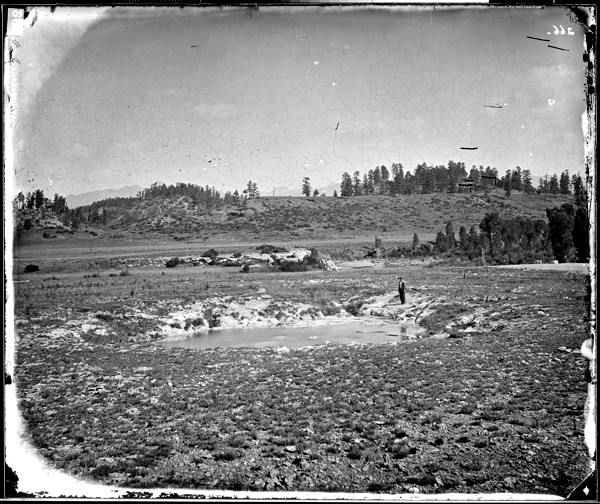
The hot spring as the first explorers and settlers found it.
The western portion of Colorado was Ute territory. Although Spanish rule forbid trade with the Indians, the settlers in Abiquiu and the Chama Valley engaged in such pursuits, and some illegal expeditions apparently did mining on a seasonal basis, especially in the La Platas. After 1830, the “Old Spanish Trail” was in use from Santa Fe to Los Angeles; in the Pagosa Springs area it followed a similar path to that used by Dominguez and Escalante. The Capote Utes, seemed resigned to the incursions of the strangers and left them alone for the most part.
Then gold was discovered in the San Juans. See the previous article for more history.

